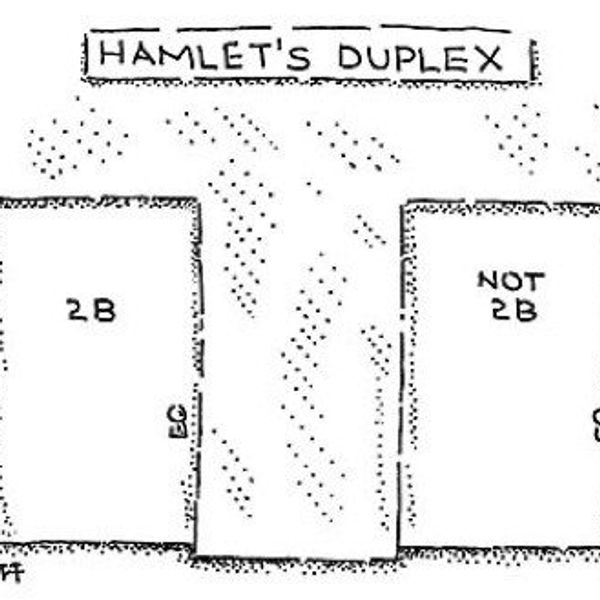The ongoing debate about whether dissection is both relevant and necessary in the classroom seems to be just that… ongoing. There is this notion that dissection is merely a stepping stone one must encounter in order to properly learn anatomy and physiology, especially if medical school is a possible career choice. However, similar to most significant social change, we often bump into the, “We have always done it this way” argument, in which we know is not valid and ultimately hinders progression.
Classroom dissection desensitizes individuals at a young age to the use of animals for human advancement. Not only does this encourage cruel behavior, but increases the ‘humans vs. other mammal’s’ separation. Worth noting, students may have moral or cultural beliefs, of which conflict with his/her schools dissection policy. Personally, I refused to partake in the dissection portion of a Biology course I had enrolled in. Upon asking for alternatives, I was told there was no other option, and was forced to withdraw.
Myths
The most common dissected animals are frogs, cats (Even pregnant mothers), mice, rats, worms, dogs, rabbits, fetal pigs, and fish. There is this myth that animals utilized for classroom dissection have just conveniently passed to natural causes, and are now available for the purpose of education. The majority of animals derive from breeding facilities, pet stores, and slaughterhouses, while others are caught in the wild…"An undercover PETA investigator at one of the nation’s largest suppliers of animals used for dissection was told by his supervisor that some of the cats killed there were companion animals who had “escaped” from their homes.”
Before I became more educated on the issue, I was extremely ignorant in believing these animals were treated humanely both before and after they reached their fate. However, disturbing cases of employees playing drowning games with rabbits and injecting animals with formaldehyde before they have completely passed, are not uncommon, and in fact are reported often. While there may be institutions that adhere to regulations in place, these places are few and far between.
Science Kills
Several college courses have preached about how crucial dissection is to the field. It is no secret that our body maps are extremely similar, if not identical, to animals of the same or evolved species. Therefore, the sciences utilize them to learn more about humans. The idea is that it is considered ethical, if the pros or benefits outweigh the cons or in this case, mortalities. However, the point is, who are we to decide? These animals are not giving consent to being drowned, ripped from their mothers, or gassed for a grade school child to poke at their insides. Who are we to decide the fate of another living being? It is a classic case of hierarchy and power. These animals have a voice; their cries, their screams. Yet they cannot say yes, no, please stop. If we say it is for the purpose of science, for human advancement, that a million deaths are worth one human’s life, what are we saying about the human species as a whole?
It’s 2016
When advocating for change, it is extremely important to provide a solution. In regards to animal dissection, there are hundreds of technological alternatives that prove to be just as good, if not superior to, raw dissection methods. These alternatives come in the form of CD-Roms, simulators, and virtual dissection experiences that allow the student to work at his/her own pace. Additionally, it is cost-effective, inclusive of both cultural and moral beliefs, and provides a more accurate representation of what students will encounter at the PhD. level as more medical schools are opting out of original dissection techniques. PETA has condensed a few of these alternatives, of which are listed here:
- The Digital Frog is a fully interactive CD-ROM that allows students to explore the frog through three seamlessly linked modules—dissection, anatomy, and ecology.
- DryLab Suite features detailed, computer-based dissection simulations to study the anatomy of frogs, earthworms, rats, fetal pigs, crayfish, and perch.
- Anatomy in Clay allows students to build the body systems of humans and animals out of clay on model skeletons.
- DissectionWorks comprises five interactive, computer-dissection simulations, including those of a frog, crayfish, perch, and fetal pig. A digital cat dissection with detailed graphics and information is also available.
- Body Works offers a fascinating computer program that explores the body’s systems, structure, and functions.
- Sniffy the Virtual Rat is a unique computer program that allows students to explore the principles of operant psychology using a “virtual rat.”
- CatLab is a fully interactive, multimedia dissection of a cat.
- Great American Bullfrog is a large-scale model with numbered parts and a key card; circulatory, reproductive, and other systems can be separately dissected.
- Biology Chart Series includes detailed charts of a dissected frog, perch, crayfish, grasshopper, earthworm, etc.
Ultimately, the usage of dissection is cruel, inhumane, and unnecessary. The lives of these animals are of no less significance than those of humans. With the technological advances we have reached, there is no reason for these methods to continue. Decrease ignorance by researching and becoming educated on your rights and your school’s policy. Social change begins with one person, and one idea. Let’s opt for cruelty-free classrooms!





















